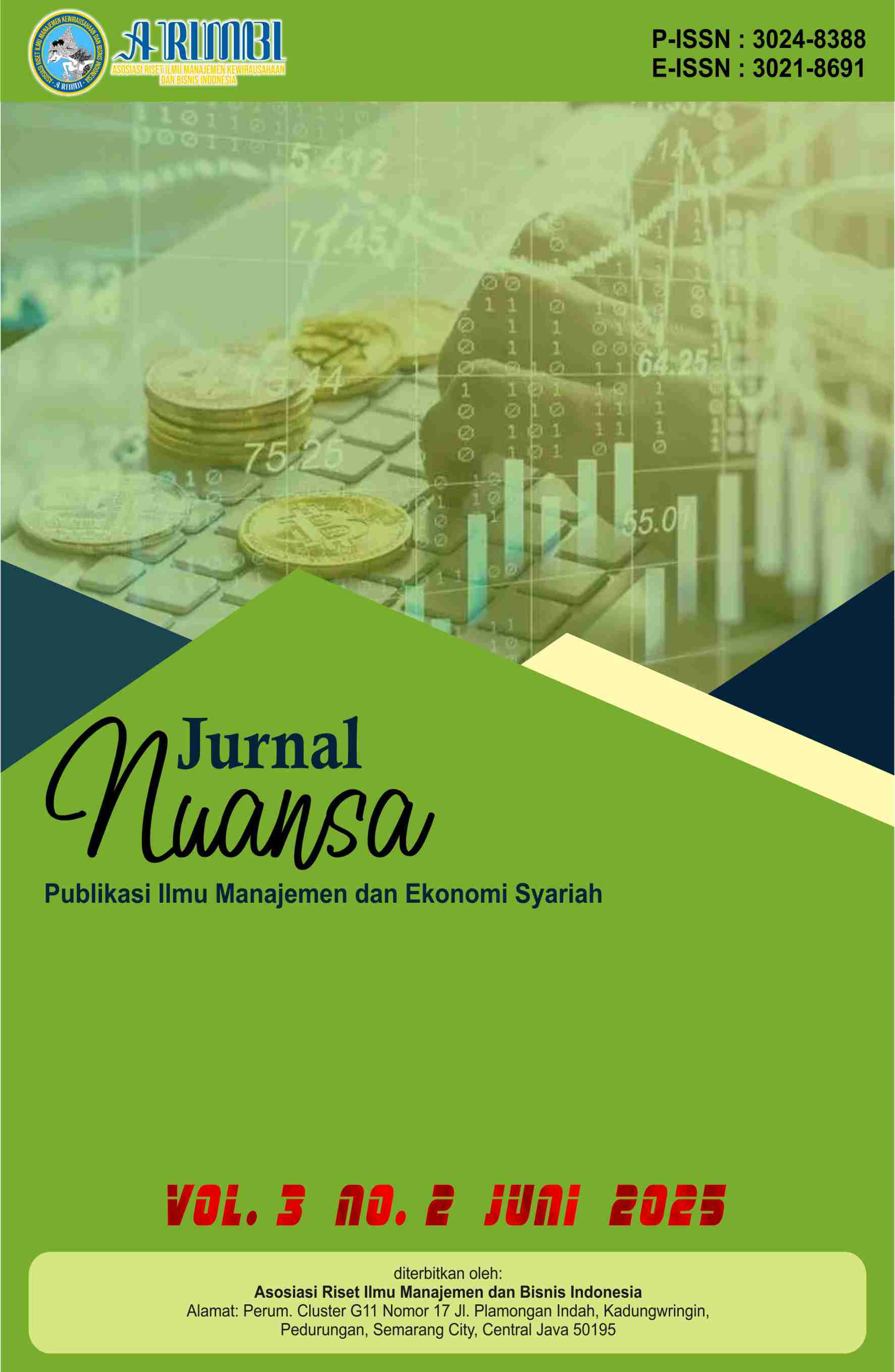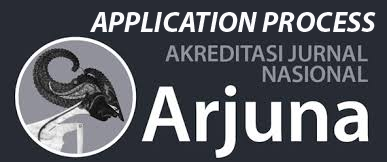Strategi Peningkatan Literasi Keuangan Syariah di Masyarakat: Peran Pendidikan dan Kampanye
DOI:
https://doi.org/10.61132/nuansa.v3i2.1739Keywords:
Islamic Financial Literacy, Financial Education, Public Campaign, Islamic Finance, Financial InclusionAbstract
The low level of Islamic financial literacy in Indonesia is a serious challenge in realizing a financial system that is inclusive and in accordance with Islamic values. Islamic financial literacy reflects an individual's understanding of financial concepts and products based on sharia principles such as the prohibition of riba, gharar, and maysir, as well as the importance of fairness and social responsibility. This article aims to evaluate strategies to improve Islamic financial literacy by emphasizing on two main approaches: education and public campaigns. The method used is a literature study by reviewing various academic literatures, financial institution reports, as well as practices in other countries that have successfully implemented Islamic financial literacy widely. The results of the study show that formal education such as the integration of Islamic finance materials in the school curriculum, as well as non-formal education in the form of training and counseling, contribute significantly to improving public understanding. On the other hand, public campaigns through social media, educational videos, and collaboration with religious leaders have proven effective in reaching various segments of society, especially the younger generation. This study concludes that improving Islamic financial literacy requires a holistic and synergistic approach between education, campaigns, and regulatory support from the government and financial institutions. Recommendations include thematic curriculum development, training for educators, and sustained digital-based campaigns. The findings of this article are expected to make practical and theoretical contributions to the development of Islamic financial literacy strategies in Indonesia.
Downloads
References
Abdullah, M. (2017). Dasar-dasar ekonomi Islam. Rajawali Pers.
Antonio, M. S. (2001). Bank syariah: Dari teori ke praktik. Gema Insani Press.
Ascarya. (2007). Akad dan produk bank syariah. Bank Indonesia.
Diniaty, A. (2019). Pengaruh literasi keuangan syariah terhadap minat masyarakat menggunakan produk keuangan syariah. Jurnal Ekonomi dan Keuangan Syariah, 7(1), 45–55.
Faridah, E., & Syamsuri, A. (2021). Strategi edukasi keuangan syariah dalam meningkatkan literasi masyarakat. Jurnal Ekonomi Islam, 9(2), 123–134
Fitriani, N. (2020). Peran media sosial dalam meningkatkan literasi keuangan syariah. Al-Amwal: Jurnal Ekonomi dan Perbankan Syariah, 12(1), 89–97.
Otoritas Jasa Keuangan. (2019). Strategi Nasional Literasi Keuangan Indonesia (Revisit 2021). Otoritas Jasa Keuangan.
Otoritas Jasa Keuangan. (2022). Survei Nasional Literasi dan Inklusi Keuangan (SNLIK). Otoritas Jasa Keuangan.
Sugiyono. (2016). Metode penelitian kuantitatif, kualitatif, dan R&D. Alfabeta.
Undang-Undang Republik Indonesia Nomor 21 Tahun 2008 tentang Perbankan Syariah.
Yuliani, A. (2018). Literasi keuangan syariah dan implikasinya terhadap perilaku keuangan masyarakat. Jurnal Keuangan dan Perbankan Syariah, 6(2), 101–112.
Downloads
Published
How to Cite
Issue
Section
License
Copyright (c) 2025 Jurnal Nuansa : Publikasi Ilmu Manajemen dan Ekonomi Syariah

This work is licensed under a Creative Commons Attribution-ShareAlike 4.0 International License.






